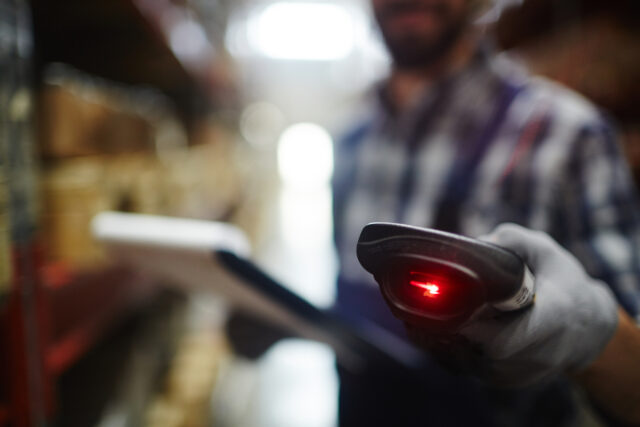Apple recently announced plans to dramatically expand its efforts to curb Scope 3 emissions.
Apple slashes scope 3 emmissions
While Scope 1 and 2 emissions refer to greenhouse gas emissions resulting from a company’s own operations (buildings, vehicles, and other sources of pollution that a company like Apple owns and operates itself), Scope 3 emissions cover the environmental impact of all the companies within a company’s supply chain—up or downstream. It’s thought that Scope 3 emissions could account for more than 70% of most businesses’ environmental impact.
According to Apple, its plans to reduce scope 3 emissions will see more than 320 of its suppliers commit to using 100% renewable energy for Apple production by 2030. This is an increase from around 250 suppliers last year, and represents 95% of the company’s direct manufacturing spend.
Apple’s efforts to clean up its supply chain have already had a marked impact. Between 2022 and 2023, the company’s total carbon dioxide emissions dropped from 20.6 million metric tons to 16.1 million metric tons, a 22% reduction. Most of that progress, Apple’s latest sustainability report reveals, is due to its suppliers’ sustainability efforts.
The company urged its suppliers to decarbonise the Scope 1 and Scope 2 aspects of their supply chains related to Apple in 2022. Suppliers were reportedly notified that progress towards these goals would be a key criteria considered when awarding business. Considering Apple earned $383 billion in 2023, it should come as no surprise that it can set pretty much whatever standards it wants for its suppliers.
It’s why the world’s largest manufacturers have so much impact on global sustainability efforts; they have the power to dictate environmental practices for entire upstream industries throughout their supply chains. It’s similar to the way California, as the US’ largest auto market, has dictated environmental standards for vehicles even though many other states don’t have such stringent regulations.
Water, wind, and solar—going beyond power purchasing agreements
Apple is doing more than demand that its suppliers decarbonise, however. Apple is continuing to invest in solar power infrastructure in the U.S. and Europe, reportedly to help offset the electricity used by customers charging their Apple devices.
The company is also making progress toward another environmental goal. By 2023, Apple has pledged to replenish 100% of the fresh water used in corporate operations in “high-stress locations.”
The plan involves working with various partners to deliver nearly 7 billion gallons in water benefits over the next two decades. These benefits will range from restoring aquifers and rivers, to funding access to drinking water.
“As with clean energy, Apple has extended its commitment to clean water across the entire supply chain: Together, Apple suppliers saved over 12 billion gallons of fresh water last year, for a total of 76 billion gallons in water savings since the company launched its Supplier Clean Water Program in 2013,” Apple wrote in a statement to the press.
“Clean energy and water are foundational to healthy communities and essential building blocks for a responsible business,” said Lisa Jackson, Vice President of Environment, Policy, and Social Initiatives at Apple. “We’re racing toward our ambitious Apple 2030 climate goal while taking on the long-term work to transform electrical grids and restore watersheds to build a cleaner future for all.”
For companies with the economic power to create change in their supplier ecosystems, Apple’s sustainability efforts could serve as an effective blueprint for decarbonising their supply chains in a meaningful, beneficial way.
- Collaboration & Optimization
- Sustainability











